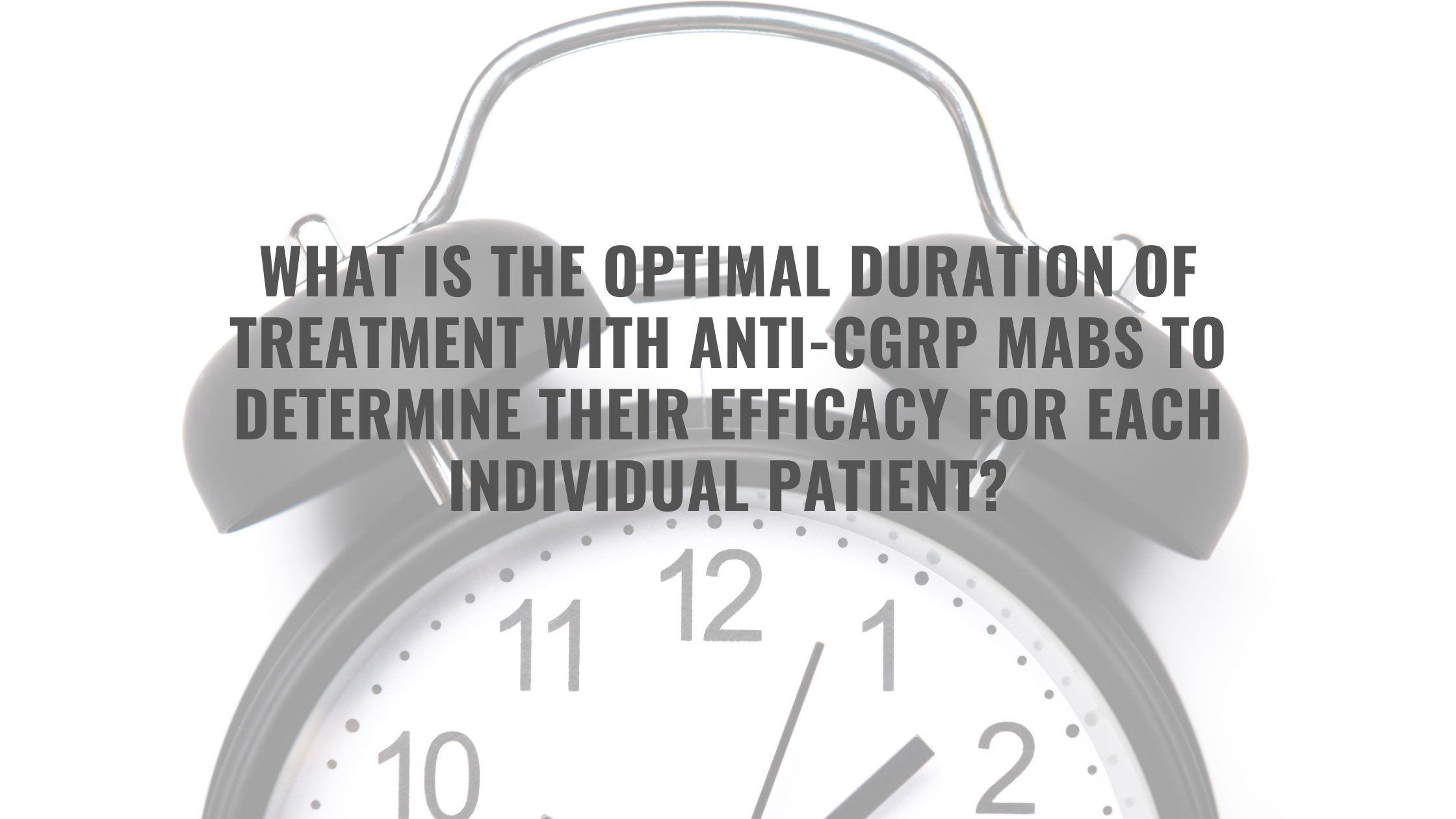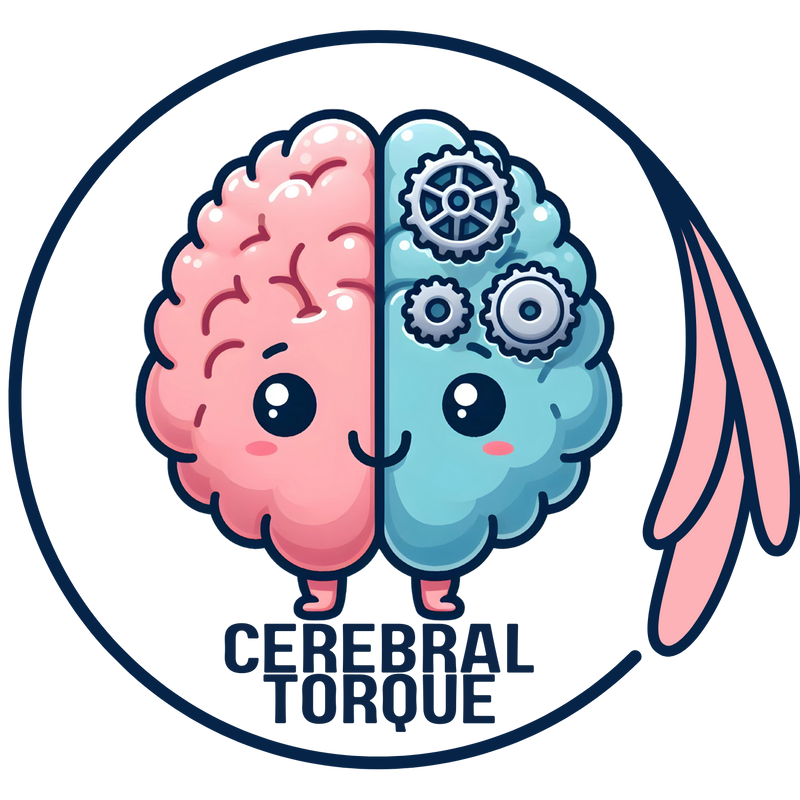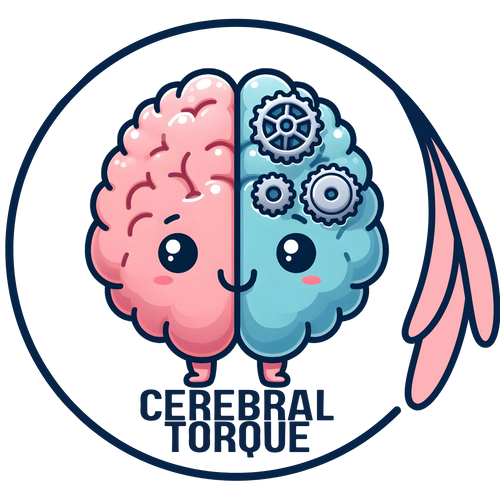What is the optimal duration of treatment with anti-CGRP mAbs to determine their efficacy for each individual patient?
Posted on April 02 2024,

The introduction of anti-CGRP monoclonal antibodies (mAbs) has revolutionized migraine preventive treatment, offering hope to many patients who have struggled to find relief. However, one question that often arises is: what is the optimal duration of treatment with anti-CGRP mAbs to determine their efficacy for each individual patient?
A recent multicenter, prospective, observational study published in the Journal of Neurology provides valuable insights into this question. The study included 572 patients with high-frequency episodic migraine (HFEM), defined as 8-14 migraine days per month, or chronic migraine (CM), characterized by 15 or more headache days per month, with at least 8 of those days meeting the criteria for migraine. All participants had a history of multiple prior treatment failures.
The study found that while 60.5% of patients responded to anti-CGRP mAbs within 12 weeks (defined as a ≥50% reduction in monthly migraine or headache days), and an additional 15% responded within 24 weeks, a significant proportion of patients (15.7%) were "ultra-late responders," achieving a response only after 24 weeks of treatment. Only 8.7% of patients did not respond to treatment at any point up to 48 weeks.
These findings challenge the current paradigm of migraine prophylaxis, which typically assesses treatment efficacy after just 2-3 months. The authors suggest that for patients who show some improvement (e.g., a ≥30% reduction in monthly migraine or headache days), but do not achieve a full response within this timeframe, continuing treatment for up to 6 months or longer may be beneficial.
The study also identified several characteristics that were more common among ultra-late responders, such as higher BMI, longer duration of medication overuse/adaptation headache, less severe migraine features, more dopaminergic symptoms (defined as ≥ 1 of the following symptoms during the prodrome, headache phase, or postdrome: yawning, somnolence, nausea, vomiting, mood changes, fatigue or diuresis), and a higher prevalence of psychiatric comorbidities. The authors hypothesize that the delayed response in these patients may be due to reduced trigeminal sensitization and/or increased central CGRP activity, which may require more time to be effectively modulated by anti-CGRP mAbs.
Therefore, for some patients, a longer trial of anti-CGRP mAbs may be warranted before considering alternative therapies. This is particularly relevant given the favorable safety and tolerability profile of these medications, which allows for extended use without significant risks.
Sun, Sep 14, 25
Neuroimaging Differences Between Migraine Types: Aura vs. Without Aura
Discover the latest neuroimaging research revealing key brain differences between migraine with aura and migraine without aura.
Read MoreThu, Sep 04, 25
Understanding Migraine Prodrome
Discover the migraine prodrome phase: 36 warning symptoms that occur 1-6 hours before headache onset. Learn timing patterns, predictive confidence levels, and new treatment approaches based on groundbreaking 2025 research...
Read MoreThu, Aug 07, 25
Dizziness and Migraine: When is it Vestibular Migraine?
Dizziness and migraine: Learn when dizziness is vestibular migraine vs BPPV, Meniere's disease, or vascular causes. Guide covers symptoms, diagnosis, cutaneous allodynia, and treatment options for recurrent dizziness episodes.
Read More


